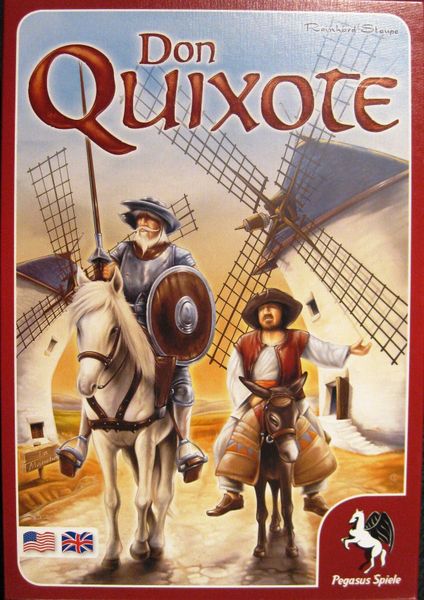Don Quixote (2010) Board Game
Don Quixote is a classic Spanish novel written by Miguel de Cervantes in the early 17th century. It tells the story of an elderly man named Don Quixote who becomes obsessed with the idea of becoming a knight and embarks on various adventures with his loyal squire, Sancho Panza. The novel is considered one of the greatest works of literature and has inspired countless adaptations and interpretations over the years.
Game Components of Don Quixote
How To Setup Don Quixote
To set up the game, each player starts by placing their Six-point Castle and Four-point Castle on designated spaces on their board, based on the numbers drawn from the beginning cards. Then, players draw nine tiles and place them face up to start building their landscape.
Gameplay Mechanics and Game Objective
Player Experience
The game offers a solitary experience where players focus on their own tile placement and scoring. It is designed for those who enjoy puzzles and do not mind minimal interaction with other players. The game requires strategic thinking and optimization of tile placements to achieve the highest score.
Pros
Cons
Personal Thoughts on Don Quixote
**Don Quixote (2010)** is ideal for players who appreciate puzzle games and do not mind playing independently. It is a great fit for those who enjoy strategic thinking and optimizing their moves to achieve the best possible score. While it may not be the best choice for competitive gamers, it offers a pleasant and challenging experience for those looking to test their puzzle-solving skills.
We are supported by our audience. When you purchase through links on our site, we may earn an affiliate commission, at no extra cost for you. Learn more.

